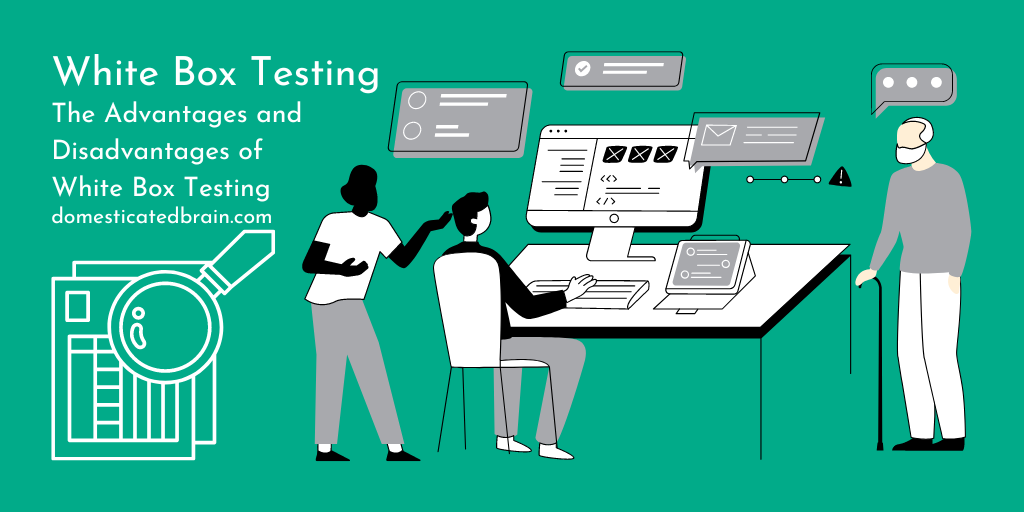White box testing is a software testing method that can be used to examine the internal structure or internal coding of an application or a programming component.
It is different from the black box testing as the white box testing is not used to find missing functionality of a software
It’s also applicable at the levels of software testing such as Unit, Integration and System Testing.
White box testing also termed as Structural Testing, Glass Box Testing, and Clear Box Testing.
The software testers who involve in the testing process need to have an adequate knowledge about the coding and the programming languages used to program the application.
The tester develops inputs for testing and runs through the code to see whether the out puts are as expected.
Advantages of White Box Testing
It’s possible to start white box testing at the earlier stages of the software development life cycle. It means that the testers can start the software testing process before the development is completed. It helps to speed up the development process and also is efficient.
It enables to optimize the performance of the program as it helps to identify and remove hidden errors.
Disadvantages of White Box Testing
White box testing is much expensive to perform as it requires skilled individuals.
Testers need to have a broad knowledge about the programming languages to perform white box testing. Therefore end users will not be able participate in the testing process.
The following parts of a program can be covered by white box testing
It covers each and every line of the source code, each and every conditional statement in the program and every loop otherwise known as iteration in the program.
